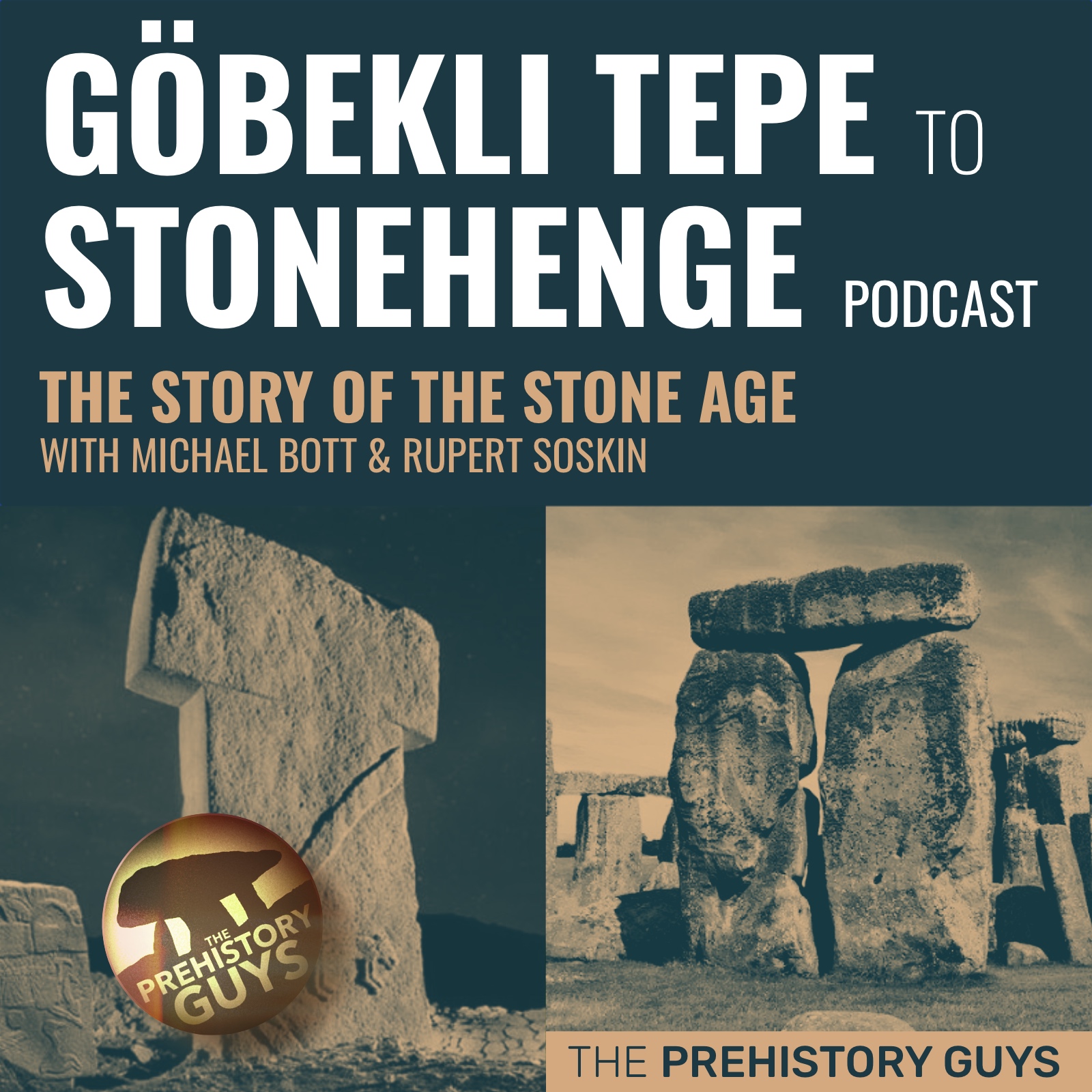Before Göbekli Tepe there was ... ?
Description
In the very first 'Göbekli Tepe to Stonehenge' podcast, we aim to provide a context for the phenomenon of the T-Pillar sites of South Eastern Turkïye and to set the scene for the journey we are about to embark upon with the whole Göbekli Tepe to Stonehenge film project,
In order to fulfil the promise of the project our prehistory focus has shifted over to the Levant and the Fertile Crescent. And our tiny minds have been a little bit blown just a bit.
We've never accepted the idea of Göbekli Tepe as this 'Ground Zero' of civilization as it presents in the popular press and now largely in the public imagination, or even worse, that it must have been constructed by aliens (how could hunter-gatherers have made THAT?).
But of course, there is a story that leads up to Göbekli Tepe, the other Taş Tepeler (stone hills) and other sites; one that stretches back a further 10,000 years, right to the shores of the Sea of Galilee.
We hope you enjoy this condensed overview of what came before Göbekli Tepe.
00:00:00 - Intro & show outline
00:04:24 - Why the Göbekli Tepe to Stonehenge podcast?
00:10:46 - It didn’t all start with Göbekli Tepe
00:15:59 - Ohalo II
00:20:00 - The Epipaleolithic
00:23:18 - Archaeological sites of the area
00:26:05 - Zarzian Culture
00:27:04 - Available information about the Epipaleolithic
00:29:47 - Kharaheneh IV
00:32:58 - Natufian Culture
00:39:51 - Bread & beer?
00:43:27 - More about the Natufians
00:45:23 - Halizon Tachtit
00:47:04 - Tortoises
00:49:54 - The Younger Dryas
00:55:22 - Special buildings, silo storage and the Tas Tepeler sites
00:58:32 - Göbekli Tepe precursor sites
01:03:45 - Desert kItes and the hunting of gazelle
01:06:40 - Rounding up & goodbyes
For those of you who would like to take a closer look at some of the sites we discussed in the podcast, below is a list of some of the key settlements.
Ohalo II, northern Israel.
A 22,000 year-old site that was discovered when sea of Galilee dried to a very low level in 1989
The small settlement of oval houses also contained a single burial of a male between 35-40 years old
Due to the waterlogged conditions there was an unusually high level of preservation. Thousands of seeds and fruits showing that these people exploited over 100 different plant species with evidence that they lived there all year round.
https://en.wikipedia.org/wiki/Ohalo_II
Kharaneh IV, Jordan
The site’s main period of occupation was 21,000 to 18,500 years ago.
Traces of stone foundations for round huts - more widely known as hut circles.
Over time the site developed into a low mound covering over two hectares or five and a half acres.
The surface was littered with literally millions of discarded flints.
Also interesting here is that these people apparently socialised in some way with other more distant groups. archaeologists have also found beads here made from marine shells which came from the mediterranean and the red sea - which are 125 and 250 miles away respectively.
https://en.wikipedia.org/wiki/Kharaneh_IV
El Wad, Mount Carmel, northern Israel
A cave settlement dating to around 14,500 years ago. As the community grew in size, the area outside...
More Episodes
In the process of developing and making Göbekli Tepe to Stonehenge, we're lifting the corner of the carpet on all sorts of aspects to do with the Neolithic period that we perhaps would not have otherwise.
And so it is with the topic of this discussion - obsidian: we had absolutely no idea how...
Published 03/06/24
Published 03/06/24
As the first steps in making the Göbekli Tepe to Stonehenge film project, a few weeks ago Rupert and I spent three days at Göbekli Tepe with access to the whole site - we've been down amongst the T-pillars, we've seen the places where the people lived, we've seen excavations that are normally out...
Published 12/10/23


